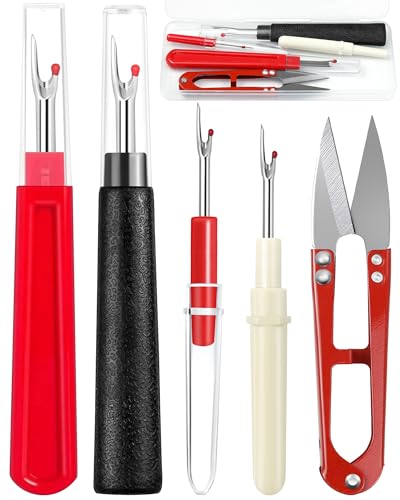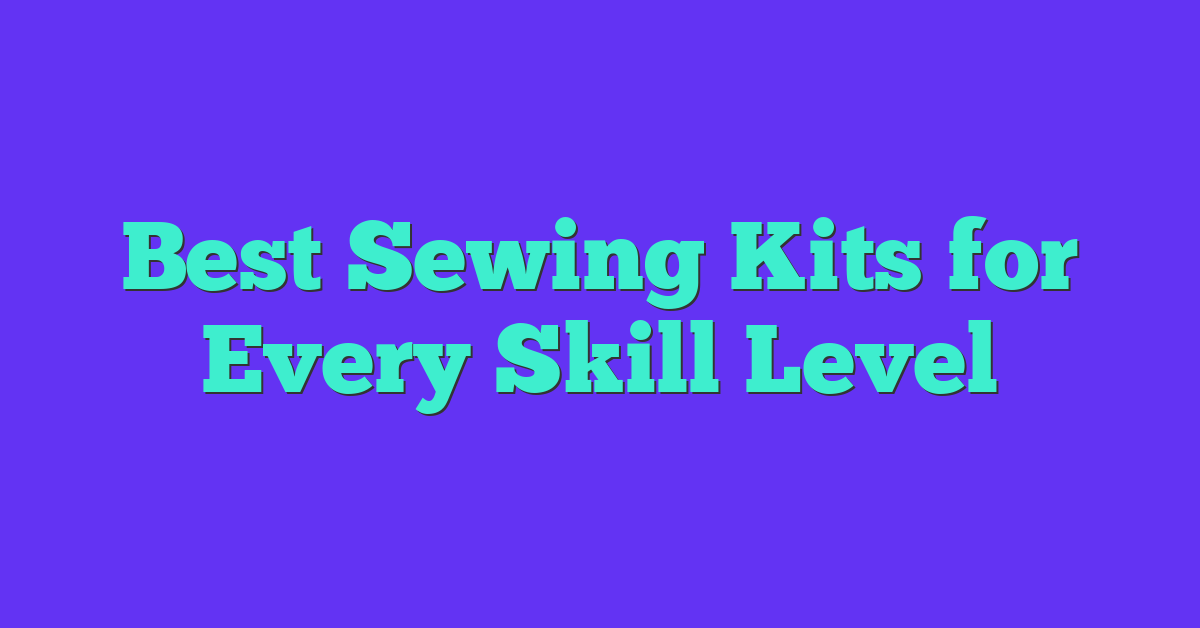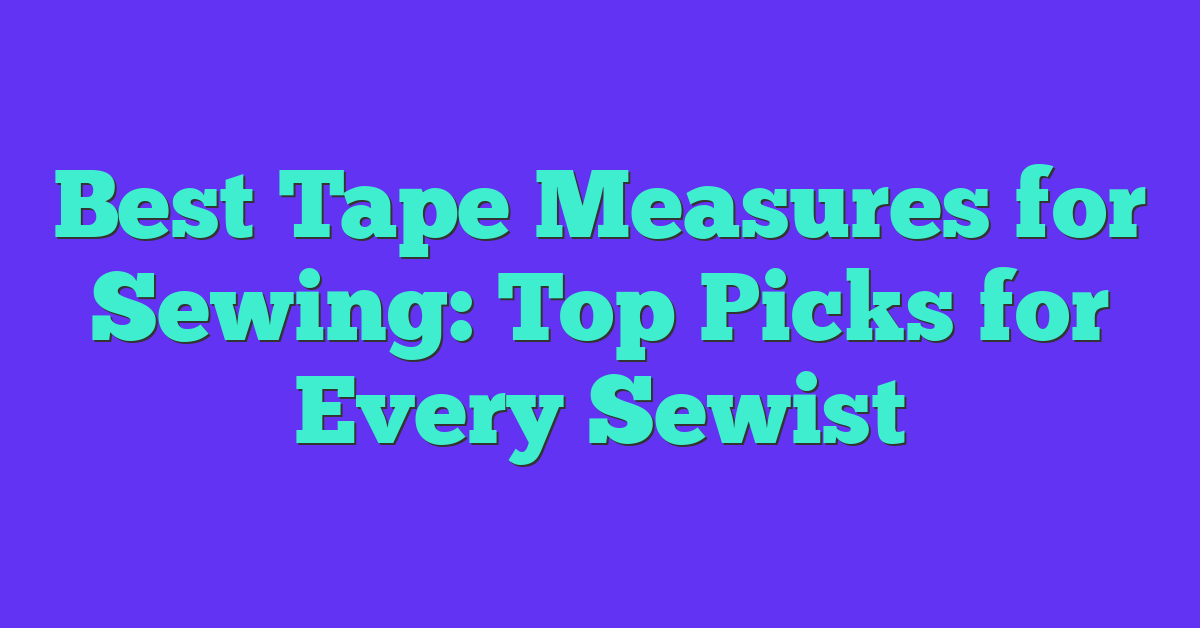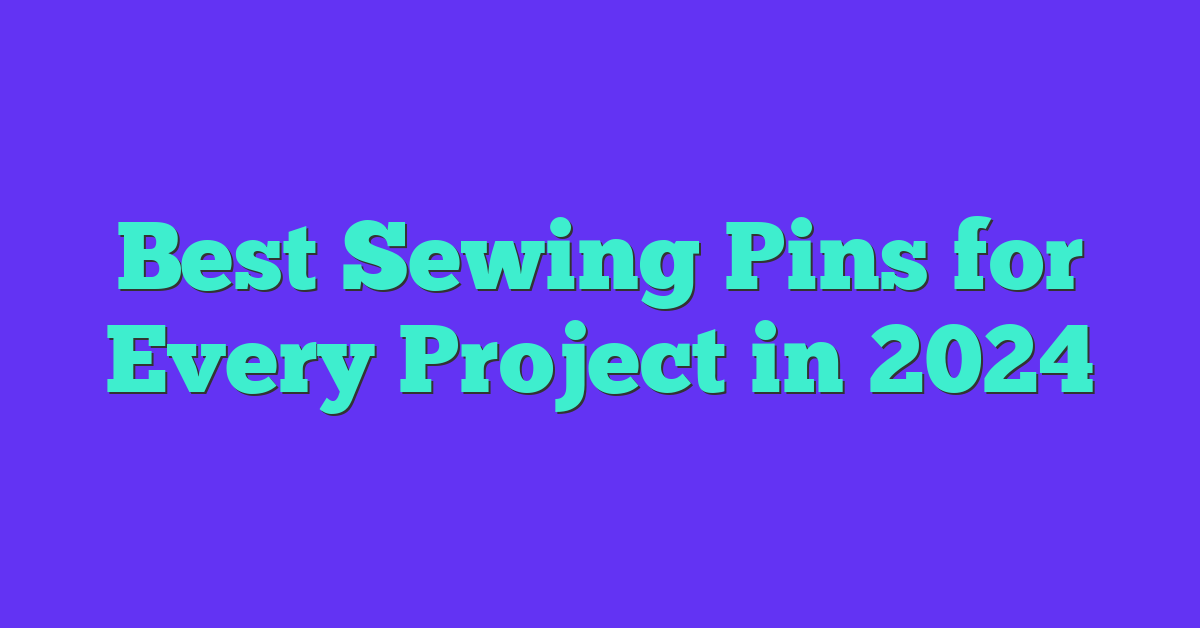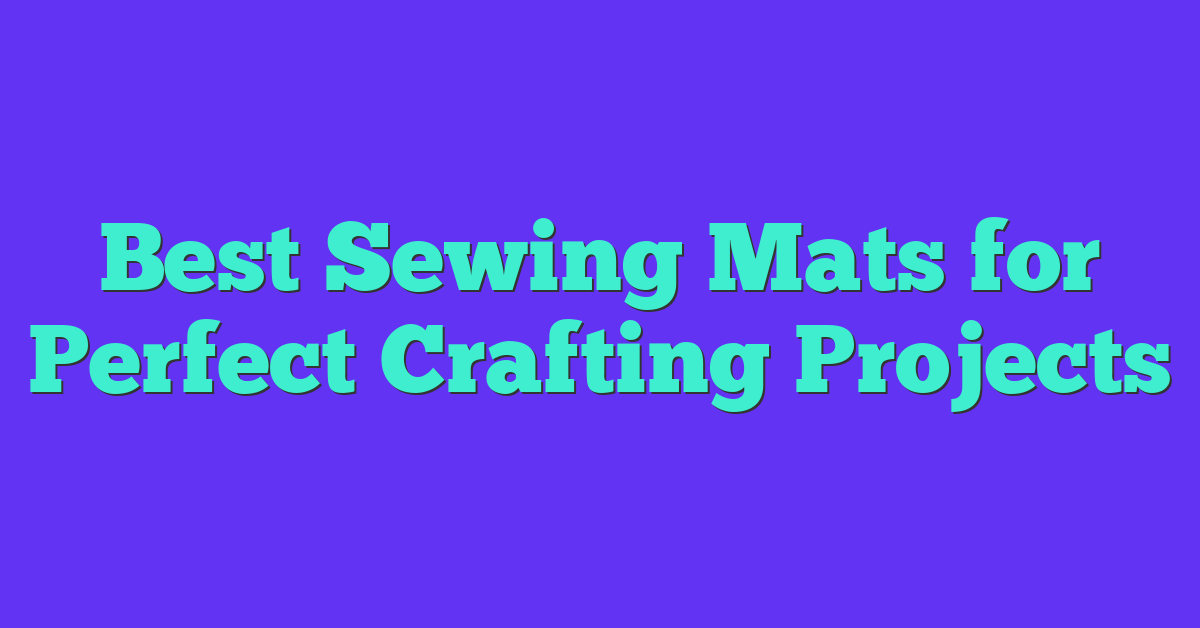As a sewing enthusiast, I know how important it is to have the right tools for the job. One of the most important tools in any sewing room is a reliable sewing machine. Pedaling sewing machines are a great option for those who want to save on electricity bills, or for those who want to sew on-the-go. In this article, I will be discussing the best pedaling sewing machines on the market.
Pedaling sewing machines are a great option for those who want to save on electricity bills, or for those who want to sew on-the-go. These machines are powered by a foot pedal, which allows you to control the speed of the machine with your foot. Pedaling sewing machines come in a variety of styles and sizes, and can be used for a variety of sewing projects. Some machines are designed for basic sewing tasks, while others are designed for more advanced sewing techniques.
Key Takeaways
- Pedaling sewing machines are a great option for those who want to save on electricity bills or sew on-the-go.
- Pedaling sewing machines come in a variety of styles and sizes, and can be used for a variety of sewing projects.
- When looking for the best pedaling sewing machine, it’s important to consider your sewing needs and budget.
Understanding Sewing Machines
As a sewing enthusiast, I understand the importance of having a reliable and efficient sewing machine. There are various types of sewing machines available, including basic mechanical machines and advanced computerized machines. Whether you’re a beginner or an experienced sewer, it’s essential to understand the basics of sewing machines.
Types of Sewing Machines
There are two main types of sewing machines: mechanical and computerized. Mechanical machines are operated by a foot pedal and use a series of gears and cams to control the needle and thread. They are generally more affordable and straightforward to use, making them a popular choice for beginners.
On the other hand, computerized machines use electronic components to control the needle and thread. They offer advanced features such as automatic needle threading, programmable stitch patterns, and touchscreen displays. While they are more expensive, they are ideal for experienced sewers looking for precise and efficient sewing.
Best Sewing Machines
When it comes to choosing the best sewing machine, there are many factors to consider, such as features, price, and brand. Brother and Singer are two of the most popular sewing machine brands, known for their quality and reliability.
The Brother sewing machine is an excellent choice for beginners and experienced sewers alike, offering a wide range of features such as automatic needle threading and 60 built-in stitches. Meanwhile, the Singer Quantum Stylist 9960 is a computerized machine that offers 600 built-in stitches, making it an excellent choice for advanced sewers.
For those looking for a compact and portable sewing machine, the Magicfly Mini Sewing Machine is an excellent option. Despite its small size, it offers many features such as dual speed control and automatic thread winding.
Conclusion
Understanding the basics of sewing machines is essential to find the best machine for your needs. Whether you’re looking for a basic machine or an advanced computerized machine, there are many options available. By considering factors such as features, price, and brand, you can find the perfect sewing machine to help you create beautiful and professional-looking projects.
Types of Sewing Machines
When it comes to pedaling sewing machines, there are several types available in the market. Each type has its unique features, capabilities, and limitations. In this section, I will discuss the most common types of sewing machines and their characteristics.
Mechanical
Mechanical sewing machines are the most basic type of sewing machines. They are operated manually by a foot pedal and require more effort to use than computerized machines. However, they are also the most affordable option and are suitable for beginners. Mechanical sewing machines have limited stitch options, and the user needs to adjust the stitch length and width manually.
Computerized
Computerized sewing machines are more advanced than mechanical machines. They have a built-in computer that controls the stitching process and offers a wide range of stitch options. Computerized machines are easier to use and offer more precision and accuracy. They also have features such as automatic needle threading, automatic thread cutting, and speed control. However, they are more expensive than mechanical machines.
Serger
A serger, also known as an overlock machine, is a specialized sewing machine that creates a professional finish on the edges of fabric. It trims the fabric edges and sews them together at the same time, creating a neat and durable seam. Sergers are perfect for sewing knit fabrics, finishing seams, and creating decorative edges. However, they are not suitable for general sewing tasks such as hemming or sewing zippers.
Quilting and Embroidery
Quilting and embroidery machines are specialized sewing machines that are designed for quilting and embroidery tasks. Quilting machines have a large throat space and an extended work table that allows the user to work on larger quilts. They also have features such as a walking foot and a free-motion quilting foot that make quilting easier. Embroidery machines, on the other hand, have built-in designs and patterns that can be embroidered onto fabric. They also have features such as automatic thread cutting and color changing. Quilting and embroidery machines are more expensive than regular sewing machines, but they offer more versatility and creativity.
In summary, there are several types of pedaling sewing machines available in the market, each with its unique features and capabilities. Mechanical machines are basic and affordable, while computerized machines are more advanced and offer more precision. Sergers are specialized machines that create professional finishes on fabric edges, while quilting and embroidery machines are designed for specific tasks. When choosing a sewing machine, it is essential to consider your needs and budget to make the best choice.
Key Features of Sewing Machines
As a sewing enthusiast, I have used and tested various sewing machines over the years. Based on my experience, I have compiled a list of key features to look for when purchasing a pedaling sewing machine.
Automatic Needle Threader
An automatic needle threader is a must-have feature for any sewing machine. It saves time and effort by automatically threading the needle, which can be a tedious task, especially for those with poor eyesight.
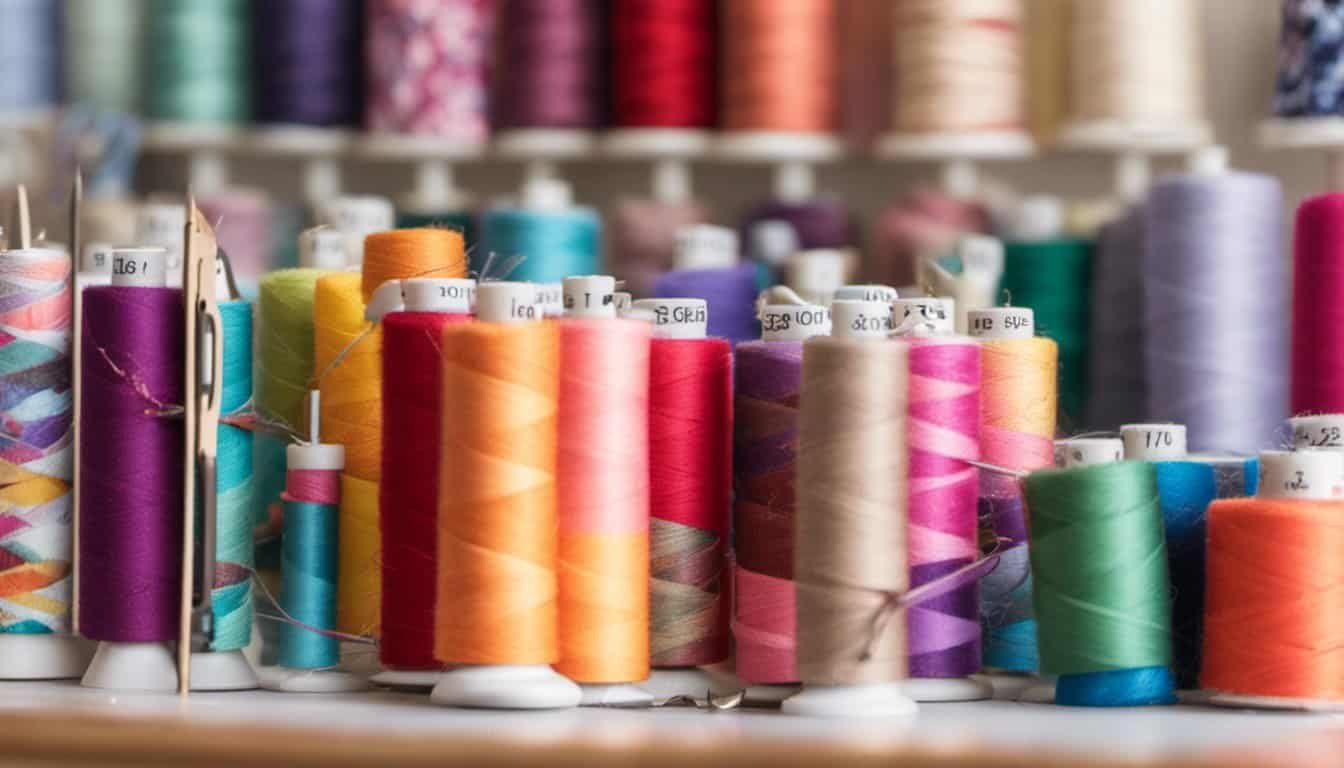
Built-in Stitches
Sewing machines with built-in stitches offer a wide range of stitch options for various projects. Look for machines with both basic and decorative stitches, including straight, zigzag, overlock, and lock stitches.
Buttonhole Styles
Make sure your sewing machine has a buttonhole feature with multiple styles to choose from. This feature allows you to create perfect buttonholes with ease.
LED Light and LCD Screen
An LED light illuminates the sewing area, making it easier to see your work. An LCD screen displays stitch options and settings, making it easier to select the desired stitch and adjust settings.
Free Arm and Extension Table
A free arm allows you to sew cuffs, sleeves, and other small items with ease. An extension table provides additional space for larger projects, making it easier to handle bulky fabrics.
Thread Tension and Maximum Sewing Speed
« Brother Sewing Machine Power Cords: Find the Right Replacement for Your Machine
Best Acrylic Sewing Machine Extension Tables: Improve Your Sewing Experience »
Thread tension settings allow you to adjust the tension of the thread, ensuring that your stitches are even and neat. Maximum sewing speed determines how fast the machine can sew, making it easier to complete projects quickly.
Portability and Ease of Use
Consider the weight and size of the machine if you plan to move it around frequently. Look for machines that are easy to set up and use, with clear instructions and intuitive controls.
Needle Up/Down Button
A needle up/down button allows you to stop the needle in the up or down position, making it easier to pivot the fabric or change direction.
In summary, the key features to look for in a pedaling sewing machine include automatic needle threader, built-in stitches, buttonhole styles, LED light and LCD screen, free arm and extension table, thread tension and maximum sewing speed, portability and ease of use, and needle up/down button.
Sewing Machine Accessories
When it comes to sewing machine accessories, there are many options available to make your sewing experience more enjoyable and efficient. Here are some of the most popular accessories that can help you with your sewing projects:
Presser Feet
Presser feet are essential accessories for sewing machines. They help you to hold the fabric in place while you sew. There are many types of presser feet available, such as the standard presser foot, zipper foot, buttonhole foot, and walking foot. Each presser foot has its own unique purpose, and it’s important to choose the right one for your project.
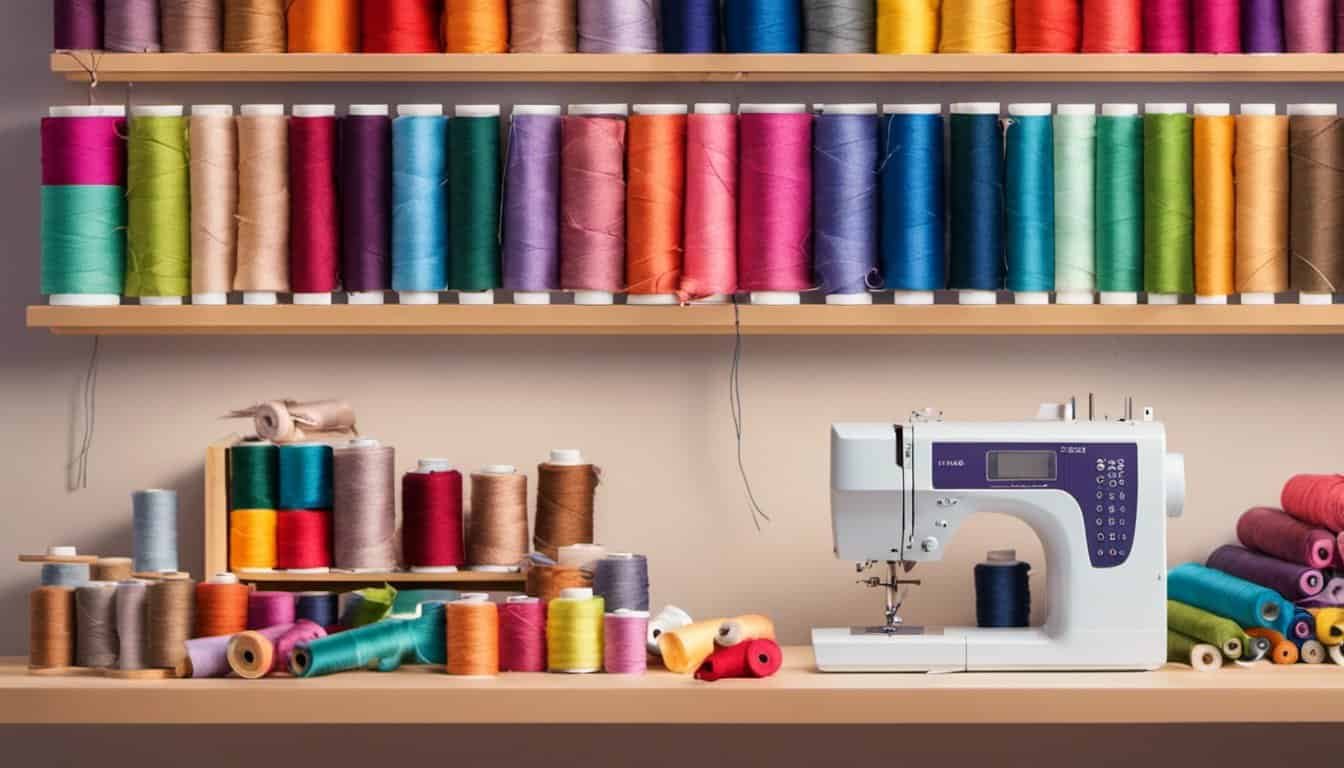
Top-Loading Bobbin
Top-loading bobbins are a great feature to have in a sewing machine. They are easy to load and can save you a lot of time. With a top-loading bobbin, you don’t have to remove the accessory tray or flip the machine over to change the bobbin.
Automatic Thread Cutter
An automatic thread cutter is a handy accessory to have in a sewing machine. It allows you to cut the thread automatically, which saves you time and effort. With an automatic thread cutter, you don’t have to use scissors or a thread cutter to cut the thread after each seam.
Embroidery Designs
If you’re interested in embroidery, you can purchase embroidery designs to use with your sewing machine. There are many designs available, and you can choose from a variety of themes and styles. Embroidery designs can help you to create beautiful and unique projects.
Walking Foot
A walking foot is an accessory that helps to feed the fabric evenly through the machine. It’s particularly useful when sewing multiple layers of fabric or when sewing slippery or stretchy fabrics. A walking foot can help to prevent puckering and stretching of the fabric.
Bobbin
A bobbin is a small spool of thread that is used in a sewing machine. It’s important to choose the right type of bobbin for your machine, as different machines require different types of bobbins. Bobbins come in different sizes and materials, such as plastic or metal.
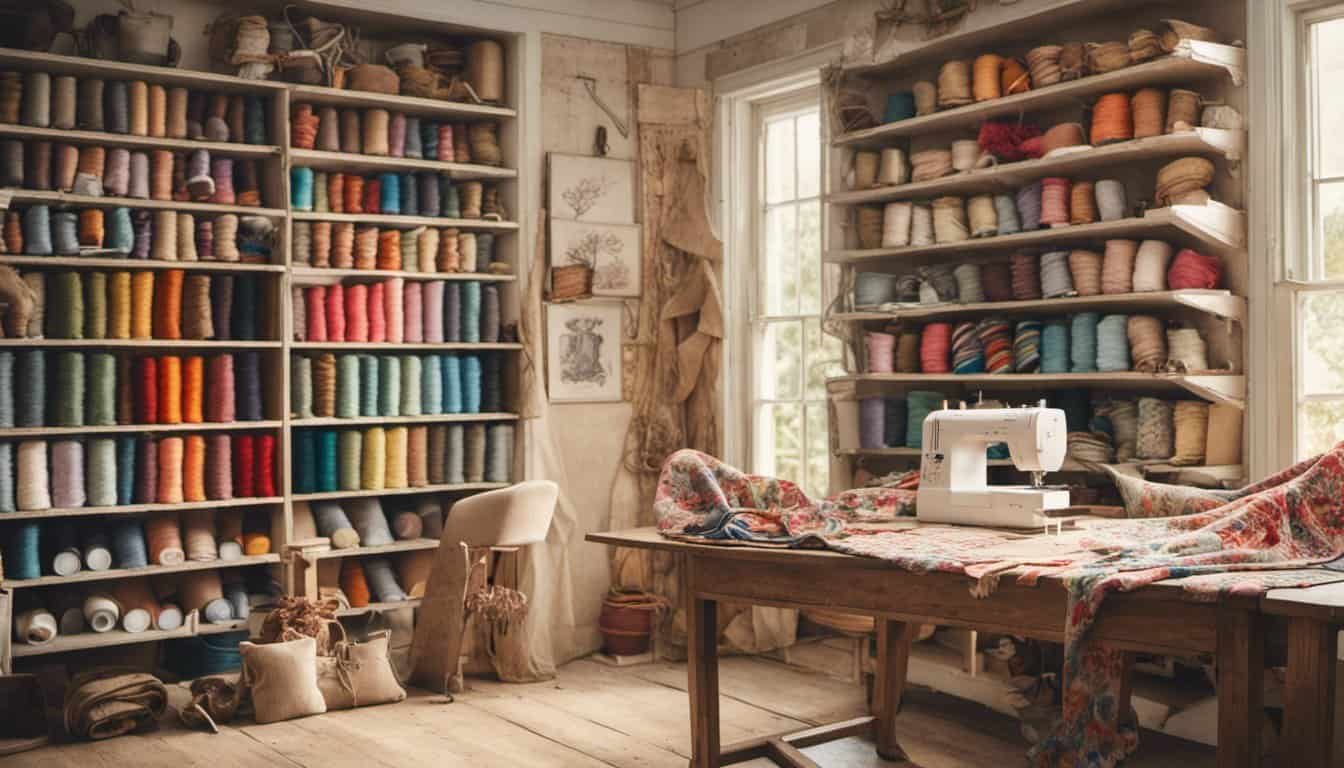
Threading
Threading a sewing machine can be a tedious and time-consuming task, especially if you’re new to sewing. However, there are accessories available that can make threading easier and faster. For example, some machines have a built-in needle threader, which can help you to thread the needle quickly and easily.
In conclusion, sewing machine accessories can make your sewing experience more efficient and enjoyable. Whether you’re a beginner or an experienced sewer, there are many accessories available to help you with your sewing projects.
Sewing Machine Brands
When it comes to pedaling sewing machines, there are several brands that stand out in terms of quality and reliability. As someone who has been sewing for years, I have tried out many different brands and models, and I have found that the following brands consistently produce high-quality machines:
Juki
Juki is a Japanese company that has been producing sewing machines for over 80 years. Their machines are known for their durability and precision, and they are often used by professionals in the fashion industry. The Juki HZL-F300 is a particularly popular model, thanks to its user-friendly interface and wide range of features.
Brother
Brother is another well-respected brand in the sewing world. Their machines are known for their affordability and versatility, and they offer a wide range of models to suit different needs and budgets. The Brother CS7000X, Brother XR9550, and Brother HC1850 are all popular models that offer a great balance of features and affordability.
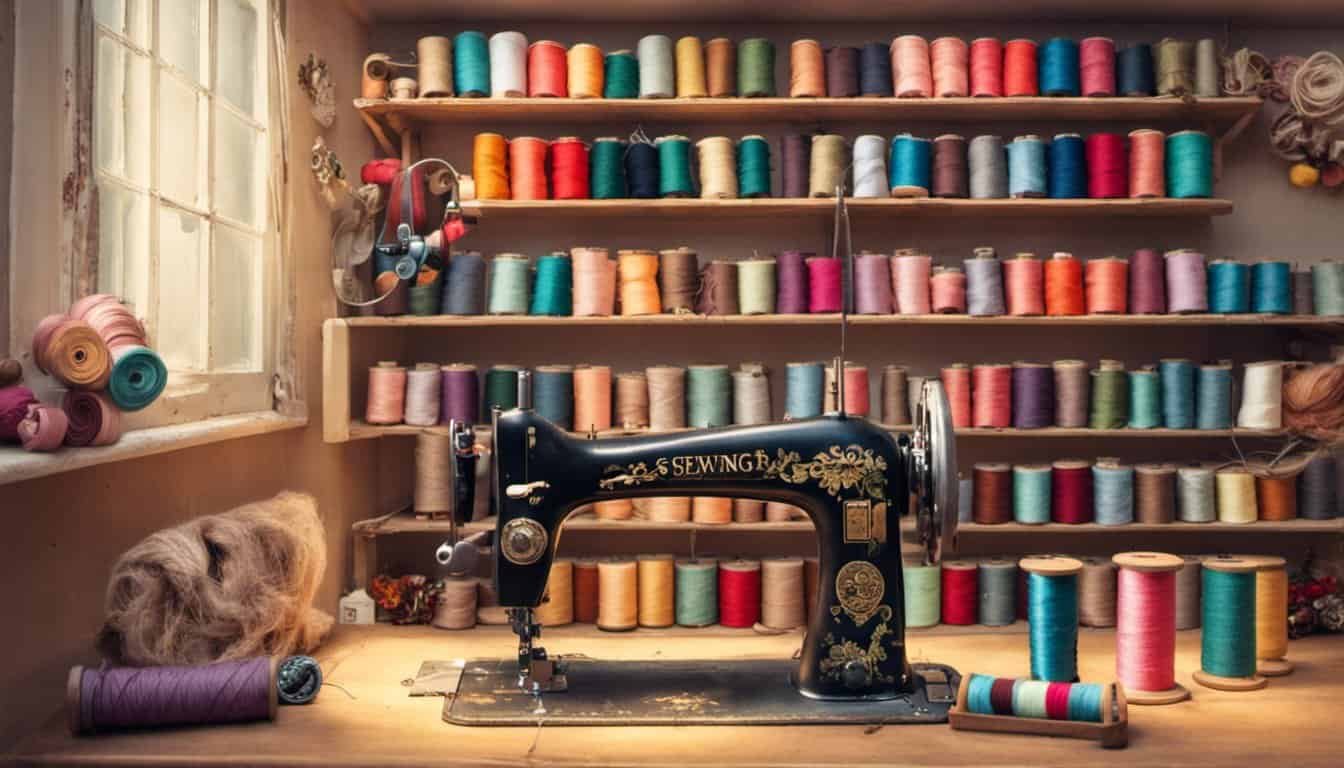
Singer
Singer is one of the oldest and most well-known brands in the sewing world. Their machines are known for their quality and reliability, and they offer a wide range of models to suit different needs and budgets. The Singer 7258 is a particularly popular model, thanks to its user-friendly interface and wide range of features.
Baby Lock
Baby Lock is a brand that is known for producing high-quality machines that are designed for serious sewers. Their machines are often used by professionals in the fashion industry, thanks to their precision and durability. The Baby Lock Jubilant is a particularly popular model, thanks to its ease of use and wide range of features.
In conclusion, when it comes to pedaling sewing machines, there are several brands that stand out in terms of quality and reliability. Juki, Brother, Singer, and Baby Lock are all great options to consider, depending on your needs and budget.
Sewing for Different Materials
When it comes to sewing, different materials require different techniques and settings on your sewing machine. Here are some tips for sewing on various materials.
Denim
Denim is a popular fabric for making jeans, jackets, and skirts. When sewing denim, it’s important to use a heavy-duty needle and thread. A size 16 or 18 needle is recommended, and you can use either cotton or polyester thread. It’s also a good idea to use a longer stitch length to prevent the fabric from bunching up.

Quilts
Quilting involves sewing together multiple layers of fabric, batting, and sometimes even a backing fabric. When quilting, it’s important to use a walking foot on your sewing machine to prevent the layers from shifting. You may also want to use a quilting needle, which has a slightly rounded tip to prevent the fabric from snagging.
Heavy Fabrics
Heavy fabrics like canvas, leather, and upholstery fabric require a strong needle and thread. A size 16 or 18 needle and heavy-duty thread is recommended. You may also need to adjust the tension on your sewing machine to accommodate the thickness of the fabric.
Zippers
Sewing zippers can be tricky, but with a few tips, it can be a breeze. When sewing a zipper, make sure to use a zipper foot on your sewing machine. This will allow you to get close to the teeth of the zipper without accidentally sewing over them. You can also use a basting stitch to hold the zipper in place before sewing it in permanently.
Remember, different fabrics require different techniques and settings on your sewing machine. By using the right needle, thread, and settings, you can ensure that your sewing projects turn out beautifully.
Advanced Sewing Techniques
As an experienced seamstress, I’m always looking for ways to elevate my sewing game. Here are some advanced sewing techniques that I’ve found helpful in my projects.

Quilting
If you’re interested in quilting, there are a few techniques that can help you achieve a professional look. One technique is to use a walking foot, which helps to evenly feed the layers of fabric and batting through the machine. Another technique is to use a quilting ruler to ensure that your lines are straight and even.
Free-Motion Quilting
Free-motion quilting is a technique where you move the fabric under the needle to create designs. To do this, you’ll need to lower the feed dogs on your machine and attach a free-motion quilting foot. Practice on scrap fabric first, and then try it on a small project like a placemat or table runner.
Embroidery
Embroidery is a great way to add a personal touch to your projects. You can use embroidery to add names, initials, or designs to clothing, bags, or home decor. To get started, you’ll need an embroidery hoop, embroidery thread, and an embroidery needle. You can either hand embroider or use an embroidery machine.
Embroidery Projects
If you’re looking for embroidery project ideas, there are many options. You can embroider a monogram on a shirt or bag, create a custom design on a pillow or wall hanging, or add embroidery to a quilt. The possibilities are endless!
Blind Hem
A blind hem is a nearly invisible hem that’s perfect for pants, skirts, and dresses. To create a blind hem, you’ll need a blind hem foot and a zigzag stitch. Fold the hem up and use the foot to guide the fabric as you stitch.

Seam Ripper
No matter how experienced you are, mistakes happen. That’s why a seam ripper is an essential tool for any seamstress. Use it to remove stitches and start over when something doesn’t look right.
Making Clothes
If you’re interested in making clothes, there are many techniques to learn. For example, you can learn how to sew darts, insert zippers, and create pleats. Start with a simple pattern and work your way up to more complex projects.
Hand Sewing
Hand sewing is a useful skill to have, especially when it comes to finishing touches. You can use hand sewing to sew on buttons, hem pants, or even create a decorative edge. Keep a variety of needles and thread on hand for different projects.
Choosing the Best Sewing Machine
As someone who loves sewing, I know how important it is to have the right sewing machine. With so many options available, it can be overwhelming to choose the perfect one. In this section, I will share some tips to help you choose the best sewing machine for your needs.
Consider Your Skill Level
If you’re a beginner, you’ll want to look for a sewing machine that is easy to use and has basic features. Some great options for beginners include the Brother GX37 Sewing Machine or the Singer Mechanical MX60 Sewing Machine. For advanced sewers, you may want to consider a computerized machine like the Brother CS7000X Computerized Sewing and Quilting Machine. And for professionals, a heavy-duty machine like the Janome HD5000 Black Edition Heavy-Duty Sewing Machine may be the best choice.
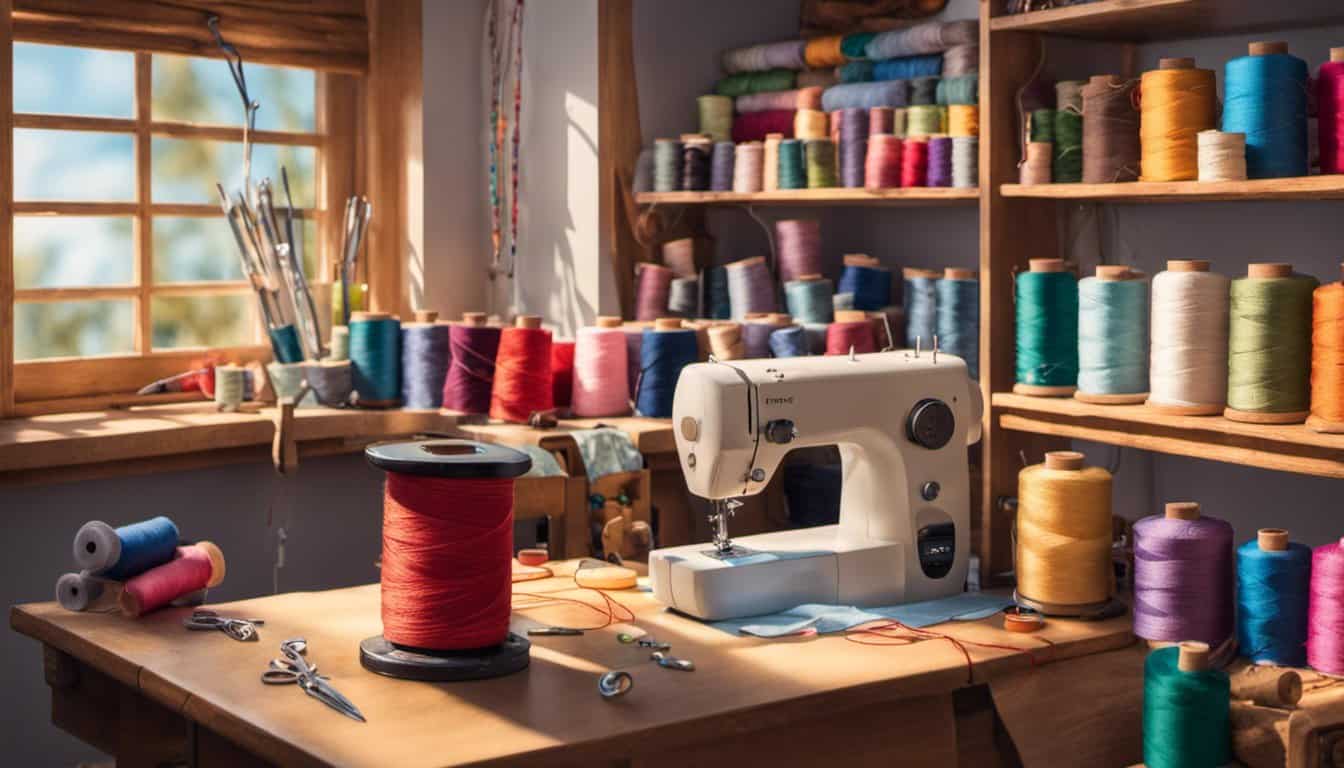
Look for the Right Features
Think about what you will be using your sewing machine for. If you plan on sewing clothes, you’ll want a machine with a variety of stitches and a free arm. If you plan on quilting, you’ll want a machine with a large throat space and a walking foot. And if you plan on doing embroidery, you’ll want a machine with an embroidery unit. Make sure the machine you choose has the features you need.
Benefits of Owning a Sewing Machine
Owning a sewing machine has many benefits. It allows you to create your own clothes, home decor, and gifts. It also saves you money in the long run, as you can make your own clothes instead of buying them. Sewing is also a great stress-reliever and can be a fun hobby to share with friends and family.
Consider Your Budget
Sewing machines can range in price from under $100 to thousands of dollars. It’s important to consider your budget when choosing a machine. Some great affordable options include the Singer Mechanical MX60 Sewing Machine or the Magicfly Mini Sewing Machine. You can also find great deals on Amazon.
In conclusion, choosing the best sewing machine for your needs can be a daunting task, but by considering your skill level, the features you need, the benefits of owning a sewing machine, and your budget, you can find the perfect machine to help you create beautiful projects.
Troubleshooting Common Sewing Machine Issues
As a sewing enthusiast, I know that sewing machines can be temperamental at times. However, there are a few common issues that can be easily resolved without the need for professional help. Here are some troubleshooting tips to help you get your sewing machine back on track.

Skipped Stitches
One of the most common issues that many sewers face is skipped stitches. This can be caused by a dull or bent needle, improper threading, or incorrect tension. To fix this issue, start by changing the needle and ensuring that it is inserted correctly. Check the threading to make sure that the thread is properly fed through the machine’s guides and tension disks. Finally, adjust the tension as necessary to ensure that the stitches are even.
Feed Dogs Not Working
The feed dogs are responsible for moving the fabric through the machine while sewing. If they are not working properly, it can cause uneven stitches or fabric jams. First, check to make sure that the feed dogs are engaged. If they are not, consult your machine’s manual to learn how to engage them. If they are engaged, but still not working, try cleaning the area around the feed dogs to remove any debris or lint buildup.
Foot Pedal Issues
If your sewing machine foot pedal is not responding or is behaving erratically, there may be a few things to check. First, make sure that the pedal is properly connected to the machine. If it is, check the wiring to ensure that there are no frayed wires or loose connections. If everything looks good, try cleaning the pedal to remove any dust or debris that may be interfering with its operation.
Crafting-Specific Issues
If you are working on a specific crafting project, there may be some issues that are unique to that project. For example, if you are working with thick or heavy fabrics, you may need to adjust the tension or use a heavier needle. If you are working with delicate fabrics, you may need to use a smaller needle or adjust the tension to prevent puckering.
In conclusion, troubleshooting common sewing machine issues can be frustrating, but with a little bit of patience and know-how, you can get your machine back in working order in no time. Remember to always consult your machine’s manual for specific troubleshooting tips and never hesitate to seek professional help if you are unsure about any repairs.

Frequently Asked Questions
What are some top-rated sewing machines for home use?
As someone who has been sewing for years, I can recommend some top-rated sewing machines for home use. The Singer Quantum Stylist 9960 is a great choice for its versatility and ease of use. Another great option is the Brother CS7000i, which offers a wide range of features at an affordable price point.
Which sewing machine brands are known for their quality?
When it comes to quality sewing machines, there are a few brands that stand out. Singer, Brother, and Janome are all known for producing reliable machines that can handle a variety of sewing projects. These brands have been around for decades and have a proven track record of producing high-quality products.
What are some reliable sewing machines for intermediate sewers?
Intermediate sewers need a machine that can handle more complex projects but is still easy to use. The Janome HD3000 is a great choice for its durability and ease of use. Another reliable option is the Singer Heavy Duty 4423, which can handle thick fabrics and multiple layers with ease.
What are some features to look for in a sewing machine for quilting?
Quilting requires a machine with specific features, such as a large throat space and a walking foot. The Brother PQ1500SL is a great choice for its large throat space and fast stitching speed. The Janome 3160QDC is another great option, with a variety of quilting-specific features and a compact design.
What are some common problems with sewing machines and how can they be avoided?
Sewing machines can encounter a variety of problems, such as thread tension issues and needle breakage. These problems can often be avoided by properly maintaining your machine, using high-quality thread, and regularly changing your needle. It’s also important to read your machine’s manual to ensure you’re using it correctly.
What are some highly sought after sewing machines by experienced sewers?
Experienced sewers often look for machines with advanced features and high-quality construction. The Bernina 530 and 570QE are highly sought after for their precision stitching and durability. The Janome Memory Craft 6700P is another popular choice for its versatility and ease of use.











